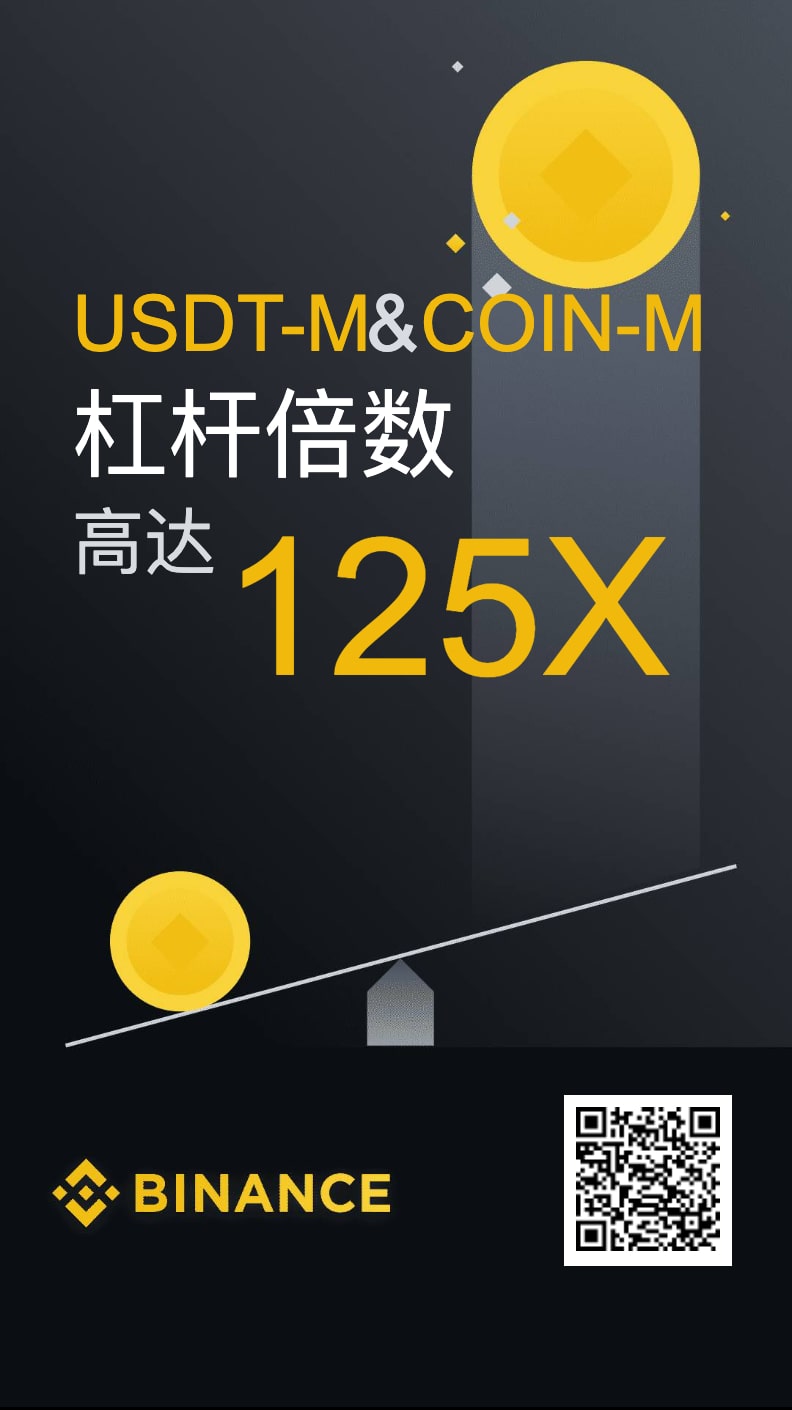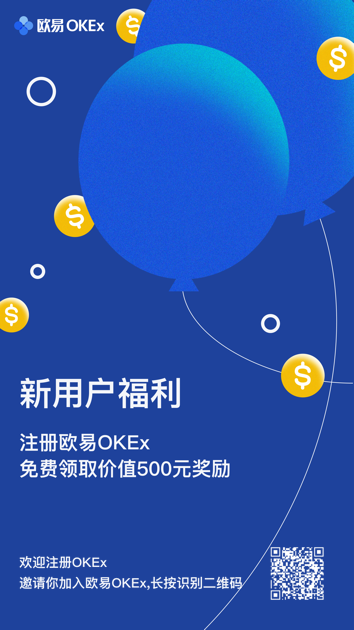Parachain Slots Auction For a parachain to be added to Polkadot it must inhabit one of the available parachain slots. A parachain slot is a scarce resource on Polkadot and only a limited number will be available. As parachains ramp up, there may only be a few slots that are unlocked every few months. The goal is to eventually have 100 parachain slots available on Polkadot (these will be split between parachains and the parathread pool). If a parachain wants to have guaranteed block inclusion at every Relay Chain block, it must acquire a parachain slot.
The parachain slots will be sold according to an unpermissioned candle auction that has been slightly modified to be secure on a blockchain.
A Beginner’s guide to Parachain Slot Auctions
Mechanics of a Candle auction#
Candle auctions are a variant of open auctions where bidders submit bids that are increasingly higher and the highest bidder at the conclusion of the auction is considered the winner.
Candle auctions were originally employed in 16th century for the sale of ships and get their name from the “inch of a candle” that determined the open period of the auction. When the flame extinguished and the candle went out, the auction would suddenly terminate and the standing bid at that point would win.
When candle auctions are used online, they require a random number to decide the moment of termination.
Parachain slot auctions differ slightly from a normal candle auction in that it does not use the random number to decide the duration of its opening phase. Instead, it has a known open phase and will be retroactively determined (at the normal close) to have ended at some point in the past during the ending phase. So during the open phase, bids will continue to be accepted, but later bids have higher probability of losing since the retroactively determined close moment may be found to have preceded the time that a bid was submitted.
Randomness in Action#
The following example will showcase the randomness mechanics of the candle auction for the ninth auction on Kusama. Keep in mind that the candle phase has a uniform termination profile and has an equal probability of ending at any given block, and the termination block cannot be predicted before or during the auction.
Auction 9 starts at block 9362014. The auction has a full duration equal to block 9362014 + 72000. Here, block 72000 is the “ending period”, which is divided into 3600 samples of 20 blocks. Figuratively, the candle is lit, and the candle phase lasts for 72,000 blocks. The winning sample during the ending period turned out to have the index 1078. Sample 1078 refers to the winner as of block 9362014 + 21560, which equals block 9383574. The parent block was a new BABE session in the ‘Logs’, which updated the randomness that was used to select that sample index. You’d be able to inspect the state at the end of block 9434277 and see the sample indices with an archive node. The digest in the ‘Logs’ of 9434277 is decodable and contains the random value as well as the BABE authorities. As a result, the winner of this auction did not turn out to be the highest bid during the full duration.





